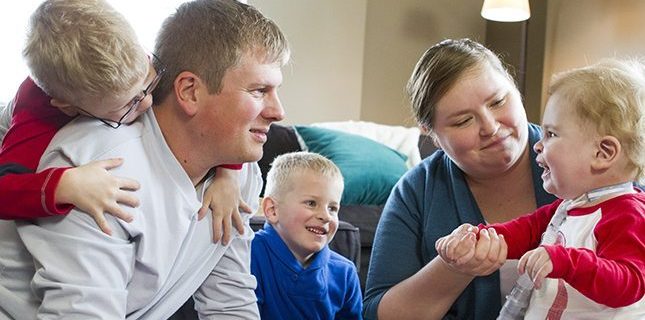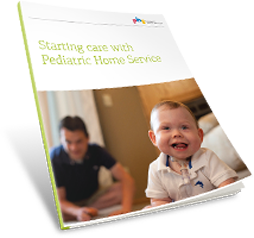Minnesota Legislative Session Adjourned

Kids deserve to thrive at home. Common sense legislation will keep them there.
That is the message we continued to deliver to legislators at the Capitol, and after over four months of hearings, bill, amendments, and negotiations, the 2015 session adjourned on May 18. On May 22, Governor Dayton signed the Health and Human Services Omnibus Budget Bill[1] (SF 1458) into law.
A budget surplus of $2 billion this year had created hopes of investments in various areas of state spending, as well as tax cuts. A House of Representatives with 26 new members and split government between a DFL Senate and Governor and a GOP House created hopes of increased bipartisanship. But in the end, $50+ million in new money was invested in Health and Human Services (HHS) and another special session was needed to finish the budget process.
Keep reading for a review of where our efforts landed this session!
De-linking Minnesota Medical Assistance medical equipment rates from Medicare “competitive bidding” rates
We were happy to see big success with our efforts to keep the harmful Medicare program out of Minnesota Medicaid, which was included in the HHS omnibus budget bill as a provision that permanently de-links the two rates for medical equipment. By removing “competitive bidding” from Medicaid, providers can avoid unsustainable reimbursement rates for equipment that PHS and many Minnesota businesses carry.
In addition, the bill language sets DME rates back at the 2008 fee schedule. You can read more at pages 440-443 of the HHS budget bill here.
Third tier for intensive care pediatric home care nursing
We were not as fortunate in the efforts to create a new third tier for intensive care pediatric home care nursing as we were with “competitive bidding.” The cost of the increase would have costs the State nearly $8 million per biennium (two year period) and, despite the surplus, the HHS budget did not see much of an increase.
However, to get a bill introduced in both chambers (House and Senate), have hearings on the bill in all relevant committees, and to pass all of those committees, was a major step forward. Movement is generally slow at the Legislature; it often takes several years to get a new law, particularly if there is a cost involved).
DME sales tax
There was language in the House and Senate tax bills (HF 848; SF 826) which would solve our dilemma with an uncollectible sales tax on medical equipment, the “last fix” of an eight year effort. Unfortunately, the budget deal that House and Senate leaders came to did not include an agreement on the tax bill, so that bill was not passed in this session. However, we should be in very good position when the tax bill is taken up next session.
The 5% rate increase did not pass this session
Home care nursing services was included in the bill to increase home and community based services reimbursement rates by 5% in FY 2015, and another 5% on top of that, in FY2016. In the end, the HHS omnibus budget bill did not include a rate increase for Home and Community Based Service providers.
Earlier this session, the House proposed $90 million in funding for a one time rate increase for disability and senior service providers. However, later in the session, legislative leadership gave the HHS Conference Committee a “cut target” or reduction in spending of $300 million for the upcoming biennium. This meant that even with the financial shifts and other budgeting tools employed by the HHS Conference Committee, there simply was not the funding available for more costly proposals such as the 5% Campaign.
[1] See Laws of Minnesota 2015, chapter 71.
Originally published: July 28, 2015


